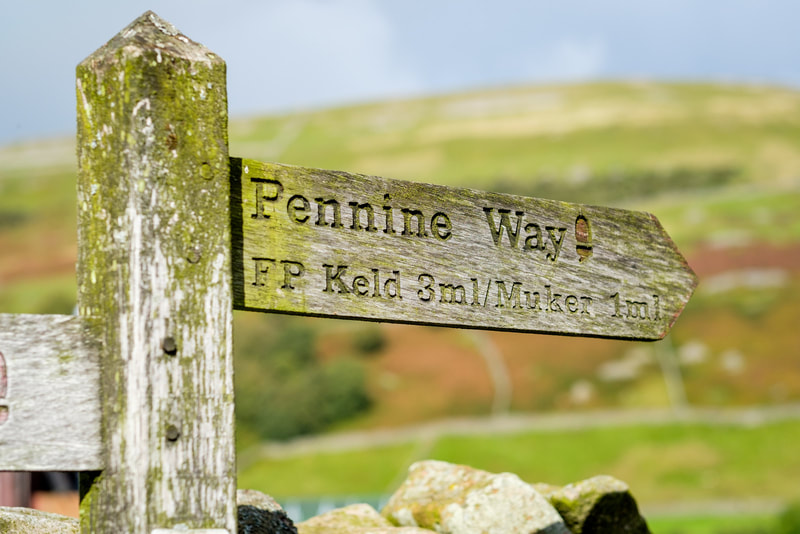 Image thanks to Valerie Hunter
Image thanks to Valerie Hunter Most visitors enter Thwaite by crossing the much-photographed bridge over Thwaite Beck.
Thwaite is a norse name meaning a clearing: this area was once more densely wooded. It's thought that people may have lived here since the Iron Age (600 BC!) as there's an earthwork bank and ditch just outside Thwaite.
Most of the present buildings were built around the time when lead mining was an important industry.
Few of today's visitors know about some of Thwaite's most famous former residents - the Kearton brothers who were born here, and who effectively became the world's first professional wildlife photographers in the 1890s. David Attenborough has spoken admiringly of their pioneering work, which he says inspired him and many others.
They were not rich and their first camera was a simple box camera but they were entranced by nature and their surroundings and went to extraordinary lengths to capture pictures of animals. Over time they started to use more complex cameras but they were all heavy instruments, using plate glass, so it was almost impossible to sneak up on a grazing animal in the way a modern photographer might do with a telephoto lens.
The brothers came up with some bizarre ways to get closer to animals. One of their methods used an ox which had been hollowed out by a taxidermist so the brothers could place it in a field or near a bird's nest, taking pictures from the inside of the ox, with the lens poking out from the head! After this success they used other 'camouflage' such as sheep, and made disguises for themselves such as trees and even a rubbish dump.
All images below are by Guy Carpenter, Gullwing Photography







 RSS Feed
RSS Feed
